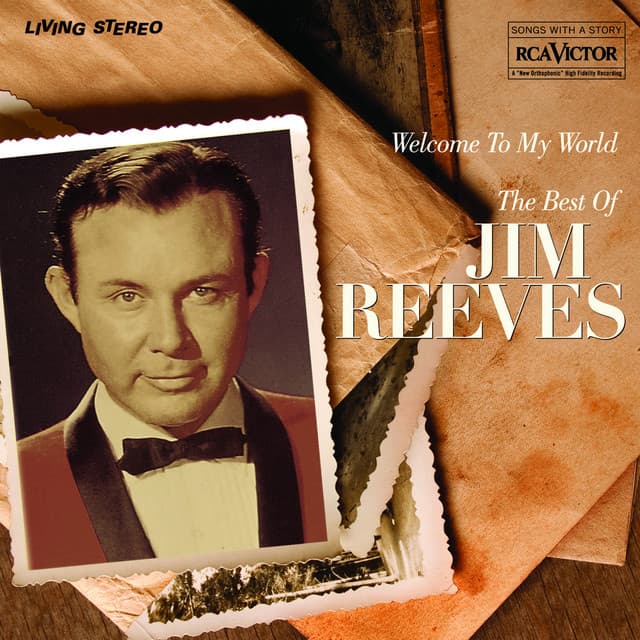
A poignant reflection on the painful finality of parting, even when mutually agreed upon.
In the annals of country music, few voices possess the warm, baritone richness of Jim Reeves. His sound, often described as the “Nashville Sound,” was a gentle fusion of country’s heartfelt storytelling with the smooth sophistication of pop arrangements, a stylistic choice that made him a crossover success long before the term was a common part of the industry’s lexicon. It was a sound that spoke directly to the heart, a comforting presence on the radio that felt less like a performance and more like a hushed conversation with a dear friend. His voice carried a certain gravitas, an almost paternal sincerity that made even the most heartbreaking lyrics feel like a shared, communal experience.
Among his timeless classics is the deeply affecting “It Hurts so Much (To See You Go).” This isn’t a song of bitter recrimination or furious heartbreak; it’s something far more resonant for those of us who have lived a little, loved a little, and lost a little. It captures that unique, aching sorrow of a mutual separation. The song, co-written by Reeves himself with Bobby Warren and Billy Guitar, paints a picture of two people who have collectively decided to go their separate ways. They’ve agreed it’s for the best, a rational conclusion to a love that has, for reasons left unsaid, run its course. Yet, as the final hour approaches, the facade of practicality crumbles, and the raw emotion of the moment takes over. The lyrics, “Tonight we’ll reach the hour we set for parting / We wanted to be free, we both said so / But the closer to that hour, the more I’m hurtin’,” are a gut-punch of recognition for anyone who has ever had to say goodbye to a love they thought was eternal. It’s the ache of a ghost of a feeling, a memory of what was and what could have been, suddenly rushing back in the final moments.
The song was released in 1961 as a B-side to “The Blue Side of Lonesome,” a fact that, in a testament to its power, does not diminish its legacy. It’s a quiet testament to Reeves’ immense artistry and his ability to infuse every note with genuine, palpable emotion. The track gained significant traction in the United Kingdom, where it peaked at number 8 on the UK charts in 1965, long after his tragic death in a plane crash in 1964. This posthumous success is a poignant reminder of his enduring appeal. The song’s instrumentation, with its subtle strings and gentle rhythm, perfectly complements the somber, reflective tone of Reeves’ vocals. It’s a masterclass in understated melancholy, proving that sometimes, the quietest songs can carry the most weight. For listeners who came of age during that era, this song is more than just a piece of music; it’s a timestamp. It’s the backdrop to first loves and first heartbreaks, the soundtrack to a simpler time when a song could make you feel everything with just a few well-chosen words and a resonant voice. It’s a memory, a feeling, and a powerful testament to the timeless pain of saying goodbye.